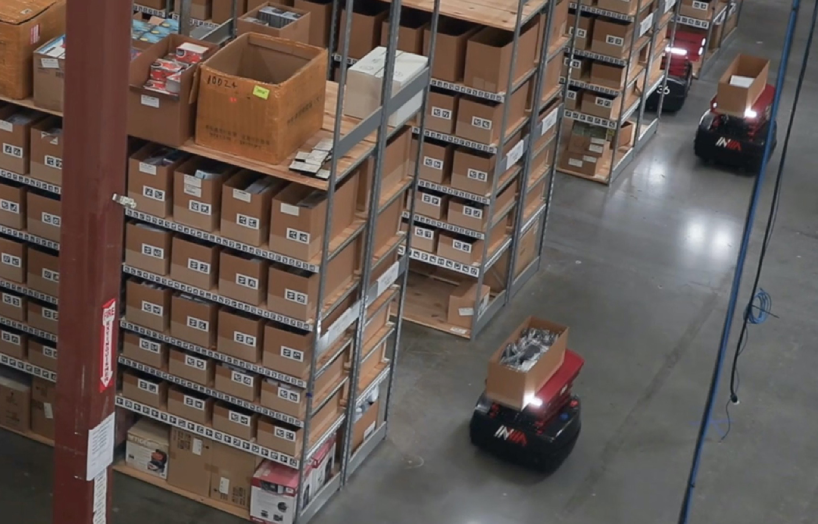
The Pressure of Year-Round Peak Season
Finding labor to keep orders fulfilled and consumers happy has always been a challenge, but it used to be more concentrated to three months of the year. Peak season in traditional retail terms is normally thought of as the holiday buying season, October through December. This is a time where eCommerce order volume often triples or even quadruples levels seen during the rest of the year.
But holidays and buying periods such as Valentine’s Day, Halloween, and back-to-school are surrounded by peak shopping times as well, shaped by the ease and convenience of online shopping. Retailers have also been tweaking promotional schedules to drive purchases during off-holiday months.
This trend has gained momentum in the last two years. The increase in online spending and supply chain shortages have pushed consumers to begin their holiday gift buying earlier, extending the holiday shopping season longer than ever.
In 2021, many retailers began Christmas promotions in early September, to help spread the impact of shipping- and labor-related shortages over more months. The eCommerce influx also fueled an extended returns season.
As a result, the pressures and demands of peak season are now becoming a year-round phenomenon, which is forcing warehouses to look for solutions to increase productivity to steer clear of logistical bottlenecks, overburdening their employees and managing labor shortages. As a result, customer retention has become an increasing problem for many retailers with them questioning, “How do I keep up with customer expectations?”
To help solve these problems, the industry is embracing automation. But let’s be clear, this isn’t in an effort to replace people.
Adopting Warehouse Automation to Keep Up
It’s one of the biggest misconceptions that robots are here to replace human workers. The truth is they are here to help them. As it stands, warehouse employees spend up to 50% of their day traveling to retrieve goods. This includes walking up and down aisles or lifting inventory off shelves when fulfilling orders. This excessive manual labor ends up leaving many employees with leg and knee injuries and, quite frankly, rapid rates of burnout.
Robots can mitigate these issues by autonomously executing most of the walking, reaching and heavy lifting tasks for employees, increasing productivity levels by five to 10 times and maintaining accuracy. Robots operate with machine precision and are programmed with artificial intelligence software to only pick the specified item(s), in the right location and within the right quantities. Performing repetitive tasks without distractions or breaks, robots are an ideal solution for jobs like picking.
And while robots are left to handle rote and arduous tasks, people are free to work in bursts and spend time on higher-order tasks that require decision-making and problem-solving skills. In the long term, automation will allow warehouse workers to manage more than a single station or zone. This will support that inevitable uptick in eCommerce customer demand and the need for quick turnaround rates that we just discussed.
So while the future of eCommerce constantly evolves and year-round peak seasons bring newfound change, we are becoming more equipped to rely on technology to meet consumer needs in the middle: create in-person experiences with a quick fulfillment time.
As the saying goes, “if you stay ready, you don’t have to get ready,” and that couldn’t be more relevant for eCommerce fulfillment operations today. There will always be circumstances outside of your control (weather patterns, conflicts abroad, labor shortages, rising fuel costs, etc.) that will impact your supply chain processes, but if you have a scalable warehouse automation solution in place, you will always be ready to adapt.
Organizations need to have a flexible warehouse automation system in place that can handle peaks throughout the year and cost-effectively scale back when demand slows. The only way to do this effectively is to choose an automation partner that is incented based on your productivity goals. This will ensure that you are spending effectively, driving efficiencies, and always prepared for shifts in the market.